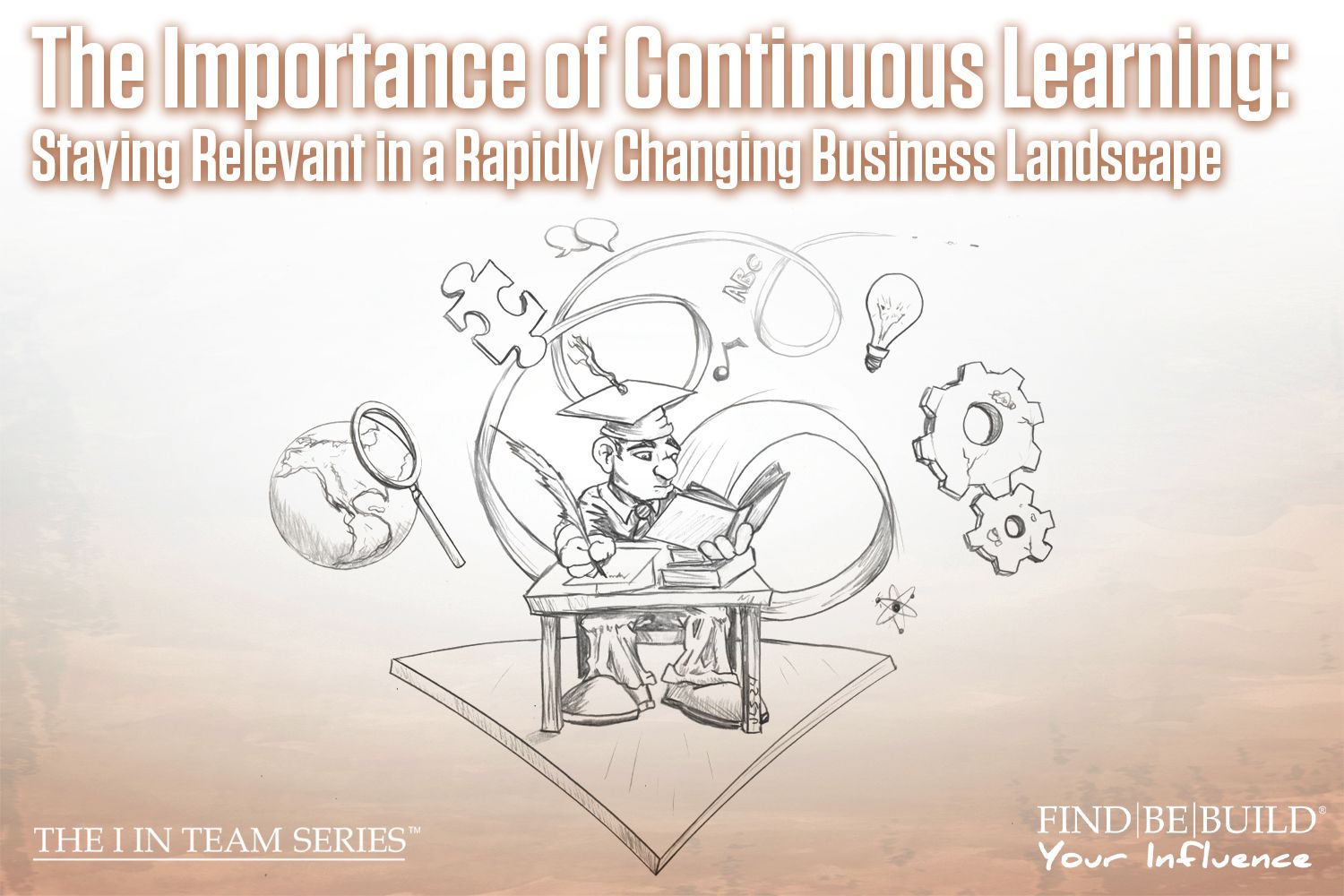The Ultimate Guide to S.M.A.R.T. Streamlining Business Processes: A Playbook for Small Business Owners

As a small business owner, you know efficiency is key to success. Streamlining your business processes in a S.M.A.R.T. way can boost productivity, cut costs, and enhance overall performance.
This playbook will guide you through the steps to streamline processes in your business, providing practical tips and strategies to help you achieve your S.M.A.R.T. goals.
What Does It Mean to S.M.A.R.T. Streamline a Business Process?
Streamlining a business process means cutting out unnecessary tasks to boost productivity and efficiency. In lean manufacturing parlance, this means eliminating muda (waste). This can be done through formal and informal approaches.
- Formal Processes: These are well-documented procedures your employees follow, such as submitting invoices or onboarding new employees. Formal processes are crucial for legal, financial, or safety-related tasks.
- Informal Processes: These are often created on-the-fly and may not be documented, often referred to as tribal knowledge. Examples include communicating with leads or noting meeting action items.
Understanding the difference between processes and workflows is essential:
- Process: A set of repetitive tasks and activities aimed at achieving a desired outcome.
- Workflow: A set of repeatable activities designed to complete a specific task.
Introducing S.M.A.R.T. Tactical Application
S.M.A.R.T. Tactical application refers to a structured approach to improving business processes by making them Specific, Measurable, Achievable, Relevant, and Time-bound. This methodology ensures that each improvement initiative is clear, trackable, realistic, aligned with business goals, and scheduled within a reasonable timeframe.
Who Can Benefit from S.M.A.R.T. Streamlining Business Processes?
Streamlining business processes in a S.M.A.R.T. way can benefit various departments within your organization, including:
- Human Resources: Improve onboarding procedures.
- Marketing and Sales: Automate follow-up emails for website visits.
- Customer Relationship Management: Streamline customer interactions.
- Procurement: Optimize your purchasing order processes.
- Finance and Accounting: Automate vendor invoice submissions.
- IT: Simplify password resets.
- Project Management: Improve task notification systems.
Top 5 Benefits of S.M.A.R.T. Streamlining Business Processes
- Operate More Cost-Efficiently:
Streamlining reduces the time employees spend on tasks, potentially reducing staffing needs and saving money. For instance, a retail store might cut costs by optimizing its supply chain, ensuring just-in-time inventory to reduce storage expenses. - Increase Productivity:
With improved processes, employees can focus on essential tasks, enhancing productivity and quality. A tech startup could streamline its development process, allowing engineers to spend more time coding and less on administrative tasks. - Better S.M.A.R.T. Communication:
Efficient processes improve communication between employees and departments, reducing the time spent on unnecessary interactions. A manufacturing company could implement a project management tool to keep everyone on the same page, reducing email back-and-forth and time spent in meetings. - Improved Time Management:
Streamlined workflows help employees manage and prioritize tasks better, preventing missed deadlines and providing better visibility across the organization. A marketing agency might use workflow automation to ensure that campaign tasks are completed on time, avoiding last-minute rushes. - Reduce Risk:
Streamlined processes provide transparency, making it easier to identify and address mistakes or delays. An accounting firm could automate its invoice processing to reduce errors and ensure timely payments.
Steps to S.M.A.R.T. Streamline Business Processes
Step 1: Map the Process
Identify the process you want to improve and map it out using flow charts or swim lane diagrams. Use whiteboards, Post-It notes, and paper flip charts to brainstorm and capture all elements. Include detailed sub-steps to ensure everyone understands the process. Engage those who will use these processes to ensure nothing is missed.
Step 2: Analyze the Process
Analyze your existing process to identify areas for improvement. Consider the following:
- Frustrations: Identify pain points for team members or customers.
- Bottlenecks: Determine steps causing delays.
- Cost and Quality: Identify where costs rise and quality drops.
- Timeliness: Assess if deliverables (or deliveries) are consistently delayed.
Address the root cause of issues rather than just symptoms. Use tools like the “Five Whys” to peel back the onion. Consult with those impacted by the process for their insights and suggestions.
Step 3: Redesign the Process
Once you understand the issues, work with your team to redesign the process. Compile and narrow down ideas to practical solutions. Ensure each team member understands the goal of the new processes and workflows. Assign team leaders responsible for documenting, implementing, and training users on the new process. Use tools like impact analysis, risk analysis, or failure mode and effects analysis to assess potential downsides.
Step 4: Gather the Needed Resources
Identify and gather the resources needed to implement the new process. This may involve consulting with other departments, obtaining new tools, or developing a business case. Communicate the changes to all relevant parties, emphasizing the benefits of streamlined processes.
Step 5: Communicate & Implement the Changes
Effectively communicate the changes and implement them. This might involve:
- Project Management Software: To manage tasks and workflows.
- Training: Ensuring employees understand and can use new processes.
- Pilot Programs: Testing new processes on a small scale before full implementation.
Tips to Improve Processes at Your Company
- Study the Process Before Automating It:
Fully analyze the process before making changes. Identify redundancies and inefficiencies to improve strategically. For example, a restaurant owner might map out its order-taking process and identify steps that can be automated, like using a POS system to reduce manual entry errors. - Applications First, Tech Later:
Focus on identifying and improving redundant processes before choosing technology solutions. Avoid letting tech drive the process changes. A bookkeeping firm might first streamline its document management process before investing in an expensive document management system. - Check the ROI of Automation:
Ensure that the investment in process improvements provides a strong return on investment. Use data to support your decisions. A construction company might evaluate the cost savings from automating its scheduling system against the upfront cost of new software. - Think Long Term:
Consider the long-term impact of your initiatives. Develop a multi-year plan for ROI, leaving room for growth and flexibility. A nonprofit organization might plan for gradual improvements in donor management over several years, rather than expecting immediate results.
Improve Your Efficiency with IA Business Advisors
Streamlining business processes in a S.M.A.R.T. way can lead to increased efficiency and improved productivity. IA Business Advisors has extensive experience in evaluating and improving business processes across industries. We can help you enforce accountability and drive change within your organization, leading to improved revenue generation and meeting industry standards. Contact us today to learn more about our S.M.A.R.T. business process improvement consulting.
By following this playbook, small business owners can streamline their processes effectively, enhancing overall performance and achieving business goals.











